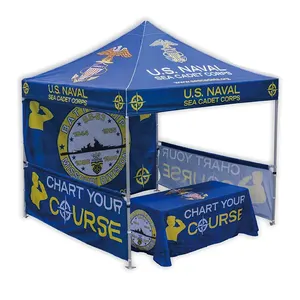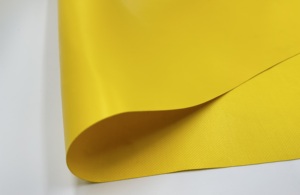Understanding Awning Texture
The term awning texture refers to the surface finish of awnings made from various materials, which plays a crucial role in their overall performance and aesthetic appeal. Awnings provide shade and protection from the elements, while the texture of the material influences factors such as durability, maintenance, and attractiveness in design. Whether for commercial or residential use, selecting the right awning texture can enhance your property's value while serving practical purposes.
Types of Awning Textures
When it comes to awning texture, several types stand out, each offering unique characteristics:
- Fabric Textures: These range from smooth to textured finishes, such as canvas and polyester, providing varying levels of weather resistance.
- Metal Textures: Aluminum and steel awnings often feature a smooth or ribbed finish, known for their robustness and longevity.
- PVC Textures: This synthetic material can feature a sleek or matte surface, catering to both aesthetic needs and functional requirements like UV resistance.
- Wood Textures: Wooden awnings feature natural grains and finishes, offering a classic look that can blend beautifully with historical architecture.
Applications of Awning Textures
The application of various awning textures extends across numerous settings, highlighting their versatility:
- Residential Spaces: Awnings can be utilized over patios, windows, and doors, enhancing outdoor living spaces and adding to home aesthetics.
- Commercial Settings: Businesses often use awnings to attract customers, providing shaded areas for dining, relaxing, or shopping.
- Event Venues: Temporary awnings with diverse textures can create inviting atmospheres for outdoor events ranging from weddings to exhibitions.
- Architectural Features: Unique textures can transform the appearance of buildings, contributing to energy efficiency and aesthetic appeal while providing essential protection against the elements.
Advantages of Choosing the Right Awning Texture
Investing in quality awning texture brings forth a myriad of advantages that influence both functionality and style:
- Durability: The correct texture contributes to the overall lifespan of the awning. For instance, textured surfaces may demonstrate better resistance to tearing and abrasion.
- Weather Resistance: Materials with specific textures can offer enhanced protection against sun, rain, and snow, preventing damage and wear.
- Maintenance Ease: Certain textured surfaces are easier to clean and sustain, making them ideal for busy environments.
- Aesthetic Appeal: The right texture enhances the visual appeal, contributing to the overall theme and design of your space. Different textures convey different styles, from modern to traditional.















































